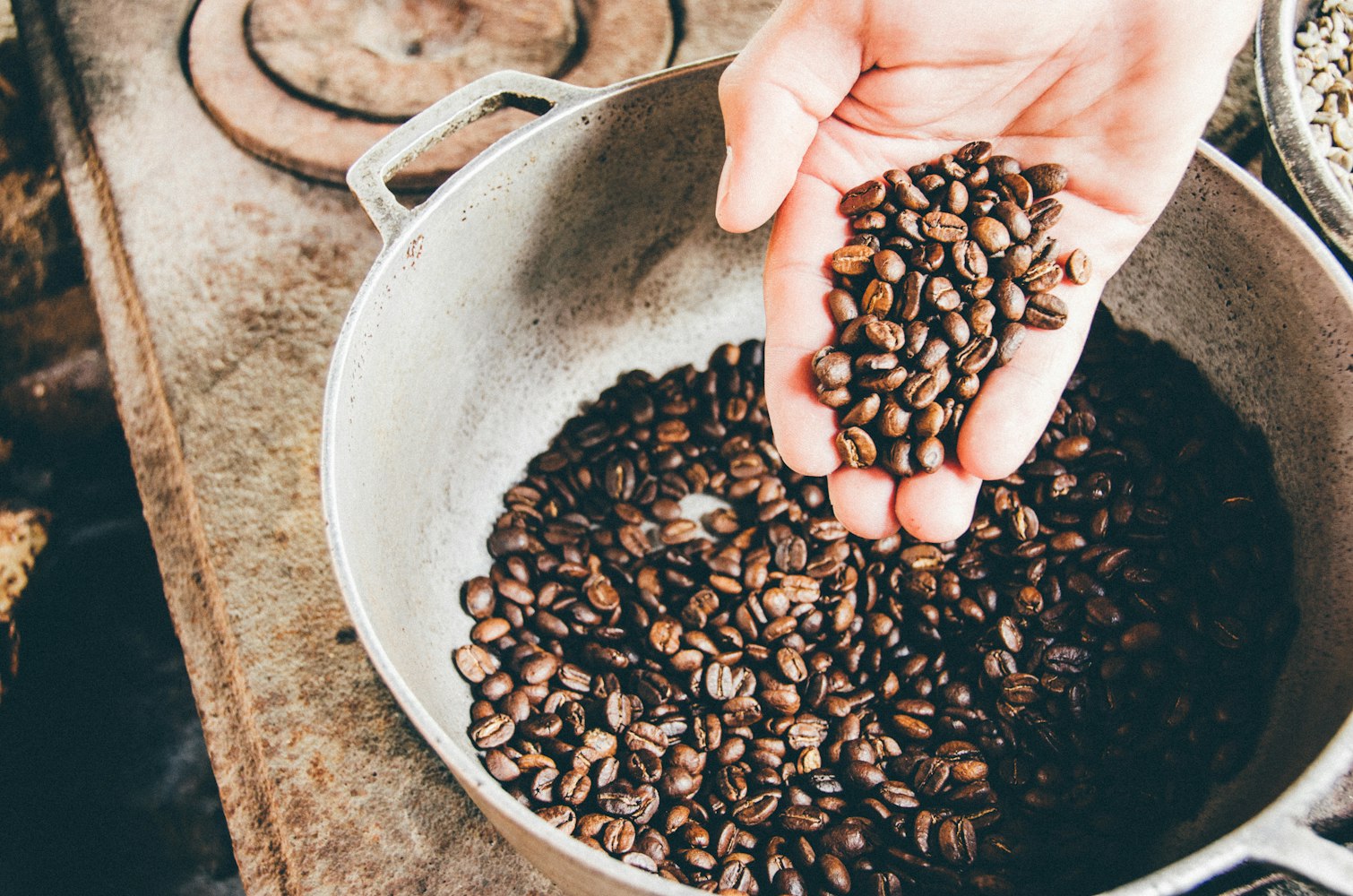How does organic coffee differ from conventional coffee

In addition to caffeine, a coffee grain contains three dozen organic acids, about two hundred aromatic substances, powerful antioxidants, vitamins, and other useful substances. Intensive cultivation technologies increase yields, reduce costs, but become a source of harmful components coming from synthetic fertilizers and plant protection products. Organic coffee is not susceptible to such negative effects, since it grows in the most favorable conditions of the natural ecosystem.
A distinctive feature of organic farming technology is to support soil fertility and protect trees from pests using natural mechanisms. The necessary increase in the population of animals and birds is directly related to the rejection of harmful chemicals. Harvested by hand, taking into account the degree of ripeness of the coffee berries. Special requirements are imposed on processing, transportation and packaging of grains.
Table of Contents
Types of organic coffee
Organic coffee beans are harvested from the same varieties of coffee as regular coffee.
Arabica is the most common coffee tree. It grows in an area located 600-2500 m above sea level and reaches 3-8 m in height. It has a mild taste with a slight sourness, contains 18% aromatic oils and 1-1.5% caffeine.
Robusta is a more productive tree up to 13 m high. It grows no higher than 900 m above sea level, and requires less costs when growing. The grain contains up to 3% caffeine and up to 8% aroma oils, which gives the drink a rich taste with bitterness.
On volcanic soils fertilized with ash, mainly high-altitude varieties grow, which are specially marked on the packaging:
HB – with hard grain (Hard Bean);
HG – High Grown;
SHB – with extra hard grain (Strictly Hard Bean);
SHG – Strictly High Grown
The first two are characterized by growth at altitudes of 1200-1400 m, for the latter – above 1400 meters. The growing height of organic coffee is directly related to the hardness of the beans, which mature more slowly due to significant daily temperature fluctuations, but give the drink a more complex and richer taste.
The advantages and disadvantages of organic coffee
The peculiarities of cultivation, collection, transportation, and an increased maturation period provide organic coffee with a number of tangible advantages:
lack of substances harmful to the body;
bright and deep taste due to the high content of aromatic oils;
rejuvenating effect, increasing stress resistance, reducing the risk of cancer due to an increased concentration of antioxidants that protect the body from free radicals;
improved mood and performance due to the increased concentration of caffeine.
The increased caffeine content also provokes negative consequences. With too frequent use, adverse effects on the cardiovascular system and sleep disturbances are possible. Cafeestol, which gives organic coffee a bitter taste, increases cholesterol levels in the body. To avoid this, it is better to prepare the drink in a coffee maker with a paper filter, rather than a regular Turk.
Where is organic coffee grown and how is it certified?
Organic varieties are produced in traditional regions with the most favorable conditions for the maturation of coffee beans. Most often these are the countries of Central and South America, Asia and Africa located in the equatorial zone:
Mexico – renowned for its benchmark organic tapachula coffee;
Tanzania – where Tanzania Kilimanjaro grows on the slopes of the highest mountain in Africa fertilized with volcanic ash;
Guatemala – famous for the coffee trees of the Atitlan province at an altitude of 1800 m;
Nepal – at the foot of Everest, coffee beans are dried only in the sun;
The Kona variety from Hawaii deserves special mention.
Most reputable certification bodies:
European European Organic Regulations (EU 2092/91);
American USDA National Organic Program (NOP);
Export Certificates for Japan in Japan.
The criteria for issuing a permit are the absence of chemical fertilizers, synthetic protection products, fragrances, artificial colors, oil products when growing. The use of varieties obtained by genetic engineering methods is prohibited. Compliance with the conditions is confirmed by an annual inspection.
How to choose, store, prepare coffee
When buying organic coffee, it is important to make sure of the authenticity of the product, as evidenced by the inscription on the packaging “100% organic”. There are two more grades for certification in the United States. Organic refers to a minimum of 95% organic in the package. The inscription “Made with organic” confirms the content of organic coffee at least 70%, but the manufacturer is obliged to indicate the exact mass fraction of natural content.
Check the production date and expiry date on the packaging and select the freshest product. It is recommended to store coffee, even in a tightly closed jar, no longer than 2 weeks, as the beans quickly oxidize and rubscent. To increase the term, storage in a freezer with a tightly closed container is allowed.
To prepare coffee, it is recommended to purchase a coffee grinder and brew the drink only from freshly ground beans, and in today’s world coffee industry is increasing day by day, although many brads grow with quality coffee service provided by them




